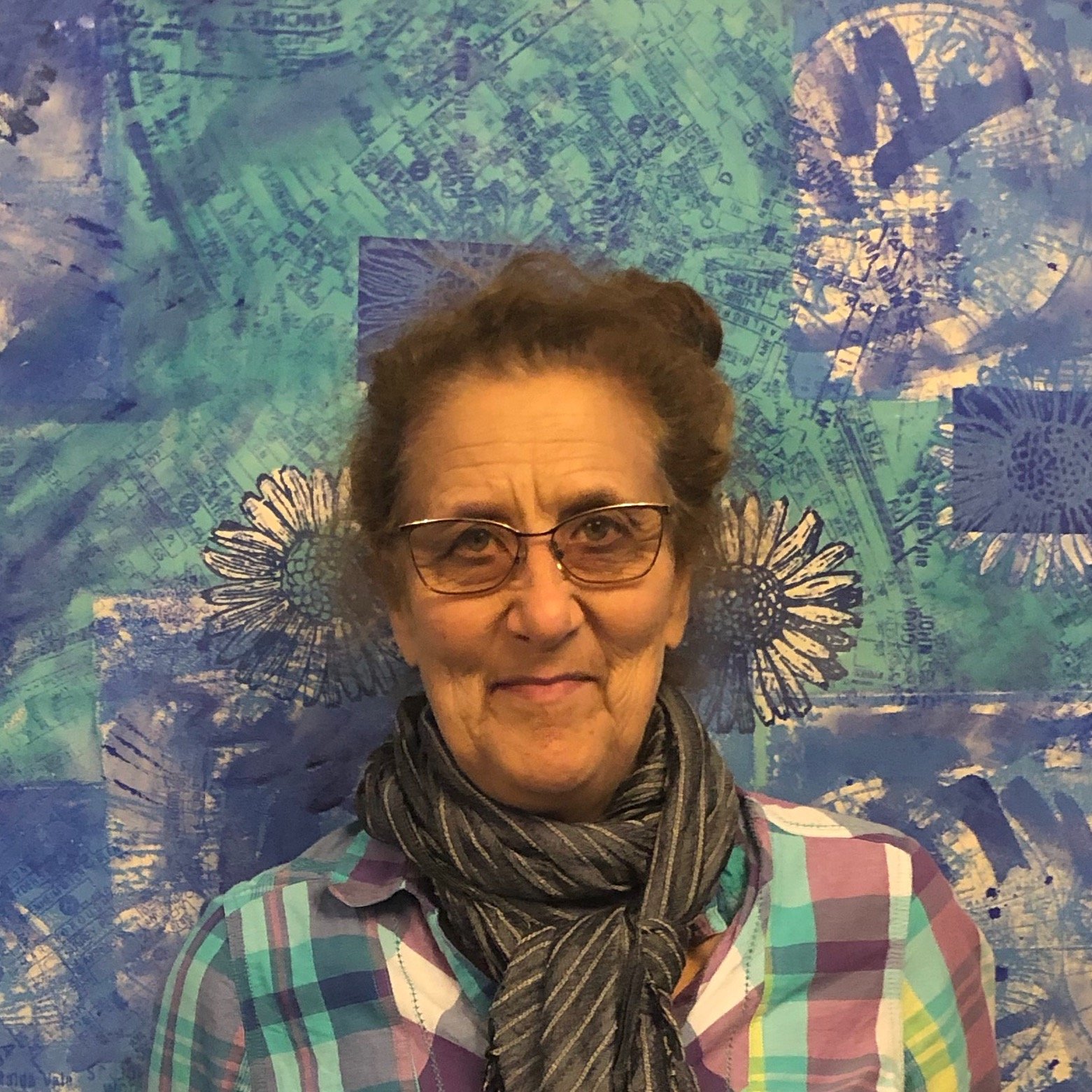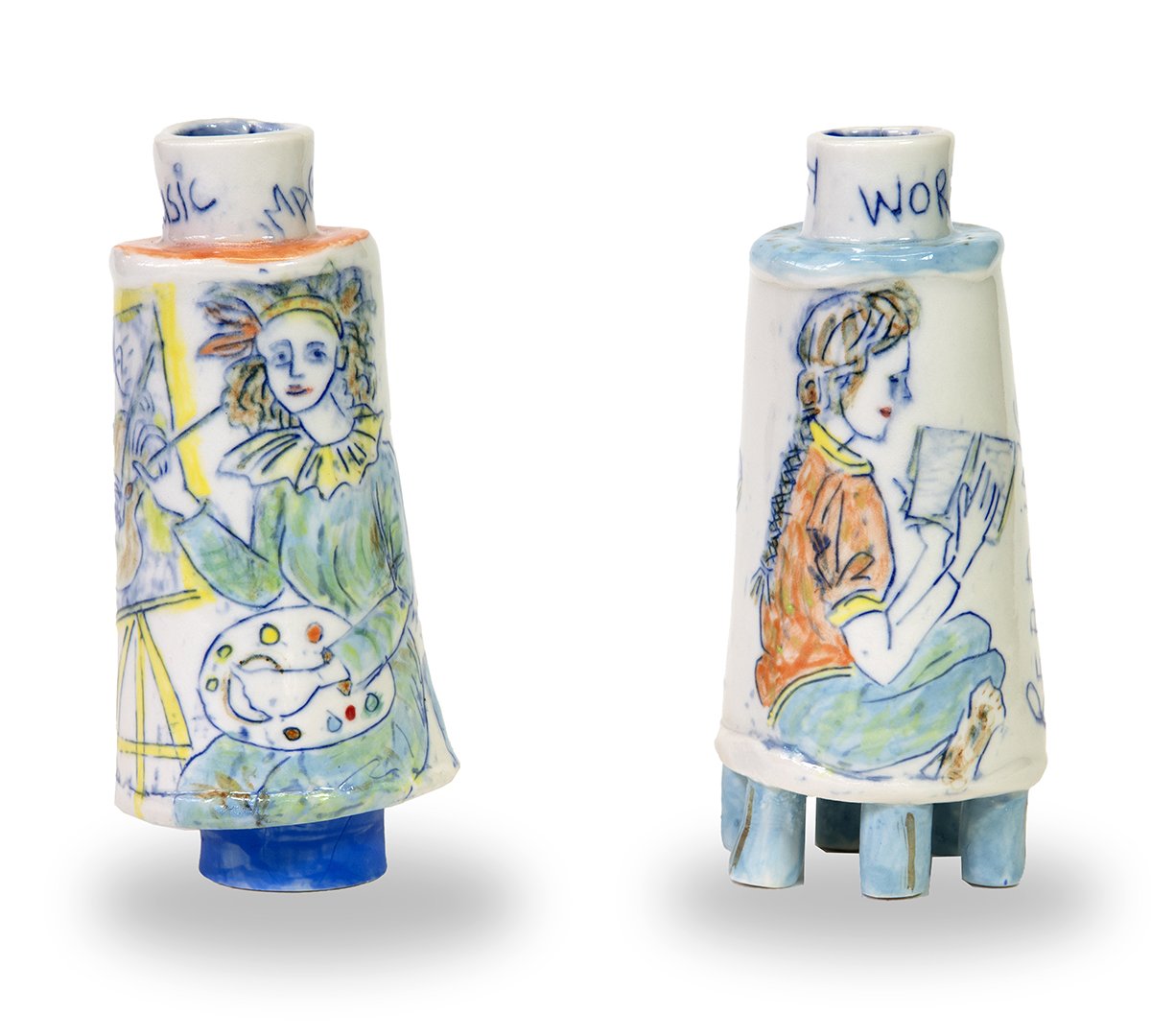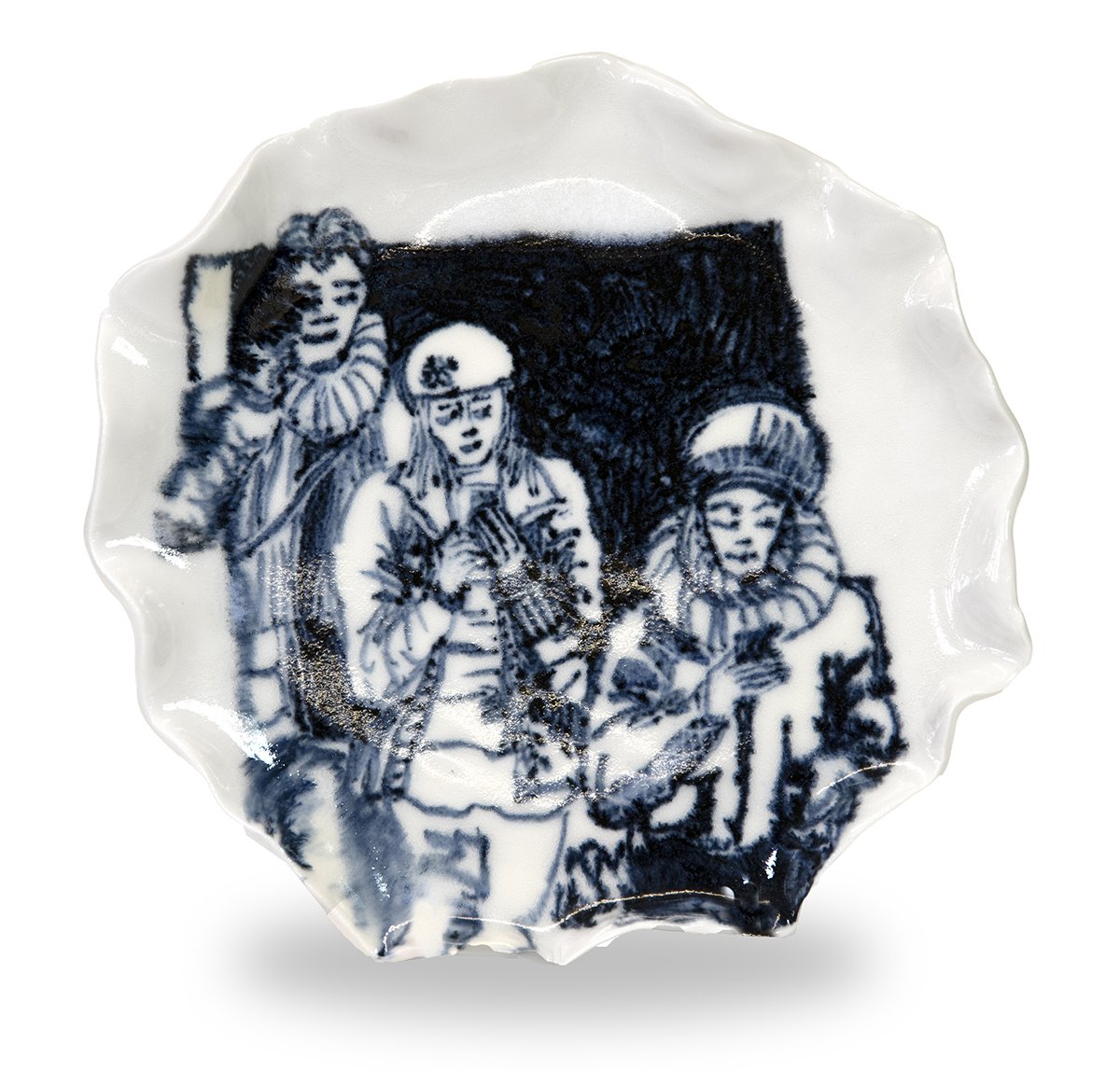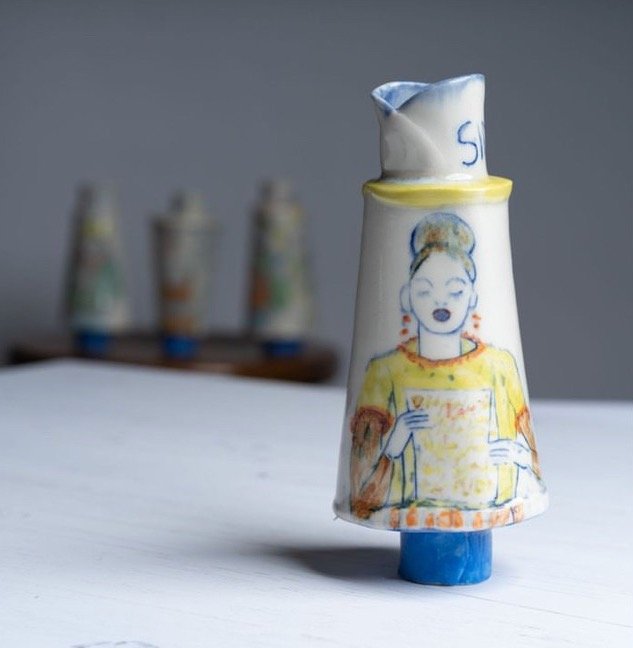ARTIST INTERVIEW: Gail Altschuler
Gail Altschuler
Please can you give me an introduction about yourself
I’m Gail Altschuler, I am an artist working with porcelain that aims to blur the lines between art and craft and to create narrative ceramics that tell a personal story.
‘It’s not every day an artist uses a Zoom meeting as inspiration for their art, and that is why Altschuler’s work is so relatable and quirky. She considers herself a storyteller in clay and porcelain, materials which she uses for sketching her day-to-day observations. Expect anything from cats to commentary on refugees. Altschuler’s art truly reflects life.’
Joy Archer Editor for Home Passions at Exceptional.
What inspired you to do ceramics?
As a child I attended ceramics lessons outside of school as an extracurricular hobby. I loved it. I went onto study art and design, art history and art education. I loved studying broadly within the field of art and particularly art history. I find visiting museums and art galleries a constant source of pleasure and inspiration for my work, but also it is a way of keeping my teaching interesting and fresh. I am inspired by visual stimulus, colours, shapes and storytelling in images, how ideas are portrayed in the visual arts is an obsessive preoccupation of mine. I am also inspired by words and music. I have kept sketchbooks for nearly 40 years and they are filled with themes to explore on my storytelling porcelain vessels and plates.
Describe your creative process; from start to finish of one of your porcelain people vessels. Where do you find your inspiration?
I create the cup, beaker or tumbler shape something we are used to holding intimately, in our hands and against our lips. I add feet and a neck to create a vessel that is a sculptural form but is also a bottle or bud vase. I make the cup, neck and feet forms from slabs of porcelain rolled out with a rolling pin. The shapes are joined and then allowed to dry slowly covered in plastic. The porcelain must dry evenly, if not it will quickly develop cracks. Once dry, I draw the stories and porcelain people onto the vessels, first with pencil which burns away in the kiln. I find the ideas from recent events or from my sketchbooks where I have kept visual notes of images and scenes that I found interesting; a girl sitting on the beach, people chatting at a café, a Manet portrait with one side of the face in light and the other in the dark etc…
I use an inlay technique called Mishima to etch the lines into the surface of the porcelain vessels with a sharp pin tool. Once the lines are etched, they are filled with coloured underglaze and when dry, then the porcelain is cleaned with a metal kidney, (a potter’s tool) to reveal the crisp sharp, etched lines. I add some underglaze in bigger shapes and then scratch back using ‘sgraffito’ to reveal white porcelain beneath the underglaze colours, as lines or patterns or words. I add patterns, words and colours to enhance the story being told about the curious characters, from artists to musicians, sisters and families to masks, zoom meetings and refugees. The themes continue to develop, they are informed by my continuous intensive research into art history and observations of daily life around me.
Finally, I add washes of underglaze thinly like watercolour layers, all before the first firing in the kiln to 1000’c. After the first bisque firing the porcelain vessels get a transparent glaze inside and outside and are fired to 1220’c which means they can hold water or be grouped as sculptural collections. I also create wall hanging, storytelling plates as art installations.
What is your favourite piece of work you have created and why?
I like my art to reflect the lives around me. A favourite is a vessel of people walking while looking on their phones and I have done some plates with that subject matter, too.
I am very excited about some work cooling down in the kiln at the minute. A set of narrative plates called ‘Zooming in on a zoom meeting’. It consists of eight hand-painted, storytelling, ceramic plates for hanging on the wall or shown standing in a row with display stands. Each plate is 30cm wide. Going from a very busy zoom meeting with many faces filling the first plate, slowly ‘zooming in’ further with each plate until we see only one face and then only one eye, on the final plate. It is a play on the words of 'zoom and zooming in' it is an exploration of the strange spaces that we share with our online, screen meetings. Online meetings have become a form of communicating and presenting ourselves in various domestic spaces. The camera is abstracting and cropping our worlds, making little shared vignettes, new types of images of our domestic spaces.
What is your favourite part of the pottery process? What do you find challenging?
Porcelain is challenging, it is the Diva of all clays. It easily develops cracks and can buckle and warp in the fierce heat of the kiln. I love the whiteness of porcelain, as it mimics paper but also the sculptural and printmaking opportunities it offers. Allowing me to etch very fine lines and to use the sgraffito technique, scratching back to the original colour and surface, on intimately scaled objects and plates.
Who is your favourite artist and why? Do they have an influence on your work?
Matisse is my favourite artist for his boldness with colour line and form particularly for his jazz cut out pictures that he made as an old man. He inspires me to be brave and experimental with my art making. Another favourite artist is Grayson Perry as he put ceramics, pottery and craftsmanship into the fine art realm, where it belongs with other storytelling art forms.
How do you want people to feel when they see your work?
I want people to feel curious and to be pleasantly amused by elements of themselves that they recognise in my work; How they are concentrating when they hold their phones, how many people are at the zoom meeting and what they are doing, how happy she is to hold her cat. How sad it is to see refugees fleeing and clutching at their children and their bags!
Why do you think art is important in society?
For me, looking at art and creating visual art makes me feel excited and invigorated. Different art forms have this effect on different people, some respond to music, words, dance or poetry. It reminds us of our feelings and our experiences, sometimes it’s nostalgic, sometimes its rhythmic, energetic, tragic or shocking. It makes us feel and think.












